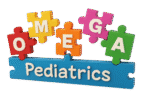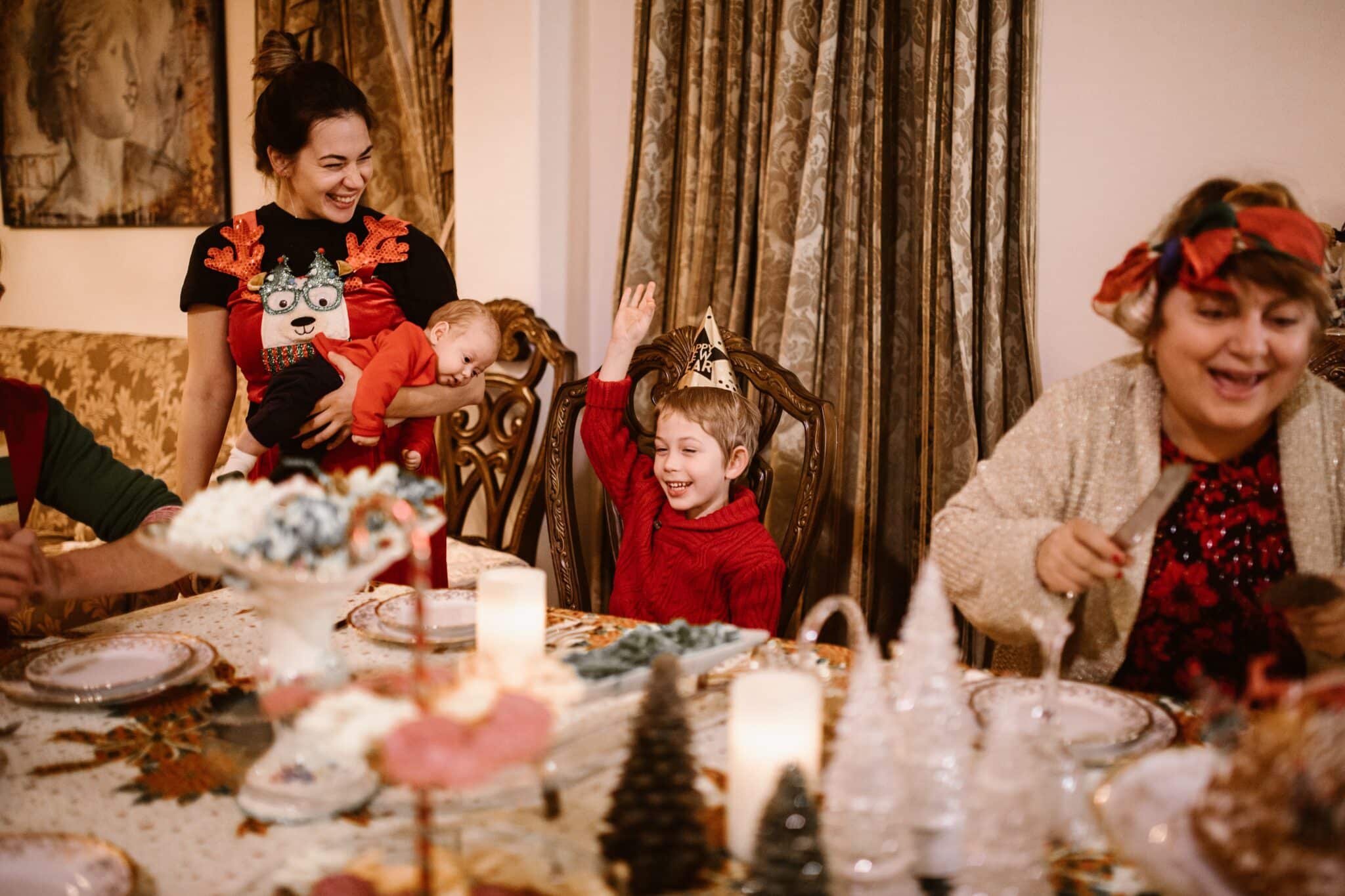Seeing those precarious newborn hives can be panic‑inducing. Those sudden, raised welts—also called urticaria—make you want answers right away. As tiny as they are, newborns can still get hives (even if it seems impossible!). In this post, we’ll explore:
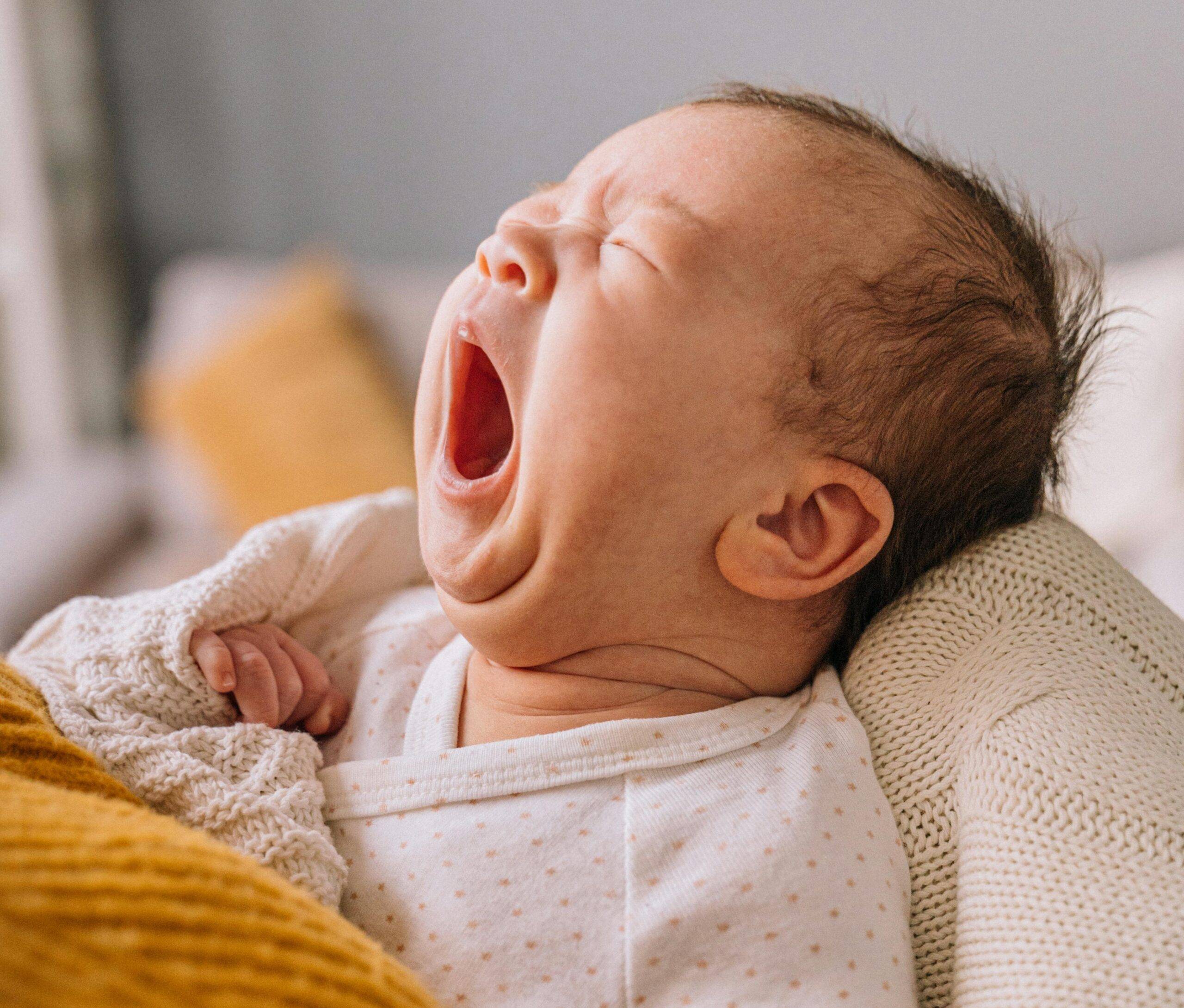
- What hives on a newborn look like
- Why they happen
- How to tell if it’s serious
- And—most importantly—when to get help
By the end, you’ll feel confident recognizing newborn hives and knowing what to do next.
What are Newborn Hives?
Hives (or urticaria) are red or pink raised patches on the skin. They can look scary, especially on a tiny newborn, but they are usually not dangerous.
What do Newborn Hives Look Like?
Here’s what to watch for:
- Small dots or large patches: They can range in size, even on the same day.
- Sudden appearance: Hives can show up without warning.
- Moving around: A patch of hives may vanish, then pop up somewhere else.
- Pink or red color: They often match your baby’s natural skin tone.
- Itchiness: Newborns can’t scratch yet, but they may fuss, cry, or rub the spot.
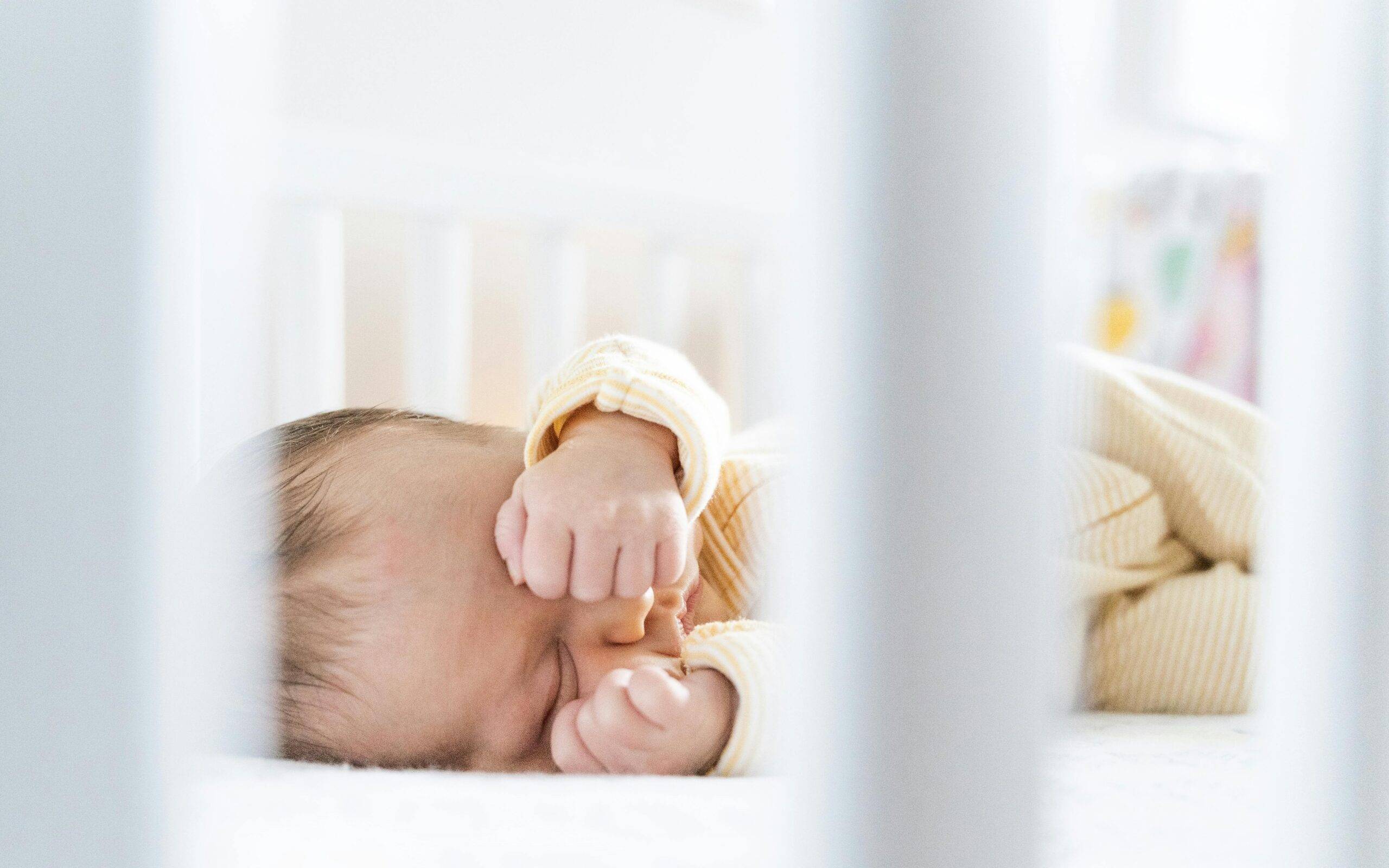
Signs that Point to Newborn Hives:
- Itchy or irritable baby: If your baby is rubbing their face or arms and seems uncomfortable.
- Welts that move: One patch disappears while another appears somewhere new.
- Different sizes: Some hives may be as small as a freckle or as big as a coin.
- Classic coloring: Usually pink, red, or slightly orange, depending on your baby’s skin tone.
Why Newborn Hives Happen?
All newborn hives boil down to something called histamine. When your baby’s body thinks something is irritating or harmful—like a virus, a food, or even a new soap—it releases histamine. This causes tiny blood vessels to leak fluid that may appear as swelling under the skin. This presents as raised red or pink welts.
Newborn hives are the baby’s way of reacting to what it sees as a problem—even if the “problem” isn’t dangerous at all.
Potential Causes of Newborn Hives
Let’s break down the main reasons little ones develop hives:
1. Viral Infections (common culprit)
Most newborn hives are due to viruses. Babies get exposed to various viruses in their first few months. Even mild viruses (like cold viruses) can trigger newborn hives as the immune system reacts. This is called viral urticaria. Why does this matter? It usually clears on its own once the infection passes.
Tip: Note if your baby has a mild fever, sniffles, or cough along with hives—this might point to a virus.
2. Allergic Reactions
- From Breastfeeding: For breastfed infants, mom might have eaten something allergenic, such as dairy or nuts—and some proteins may pass into breastmilk. Your baby’s sensitive system might react, and newborn hives pop out.
- From Formula: Although rare for newborns to react to formula at first, but it’s possible.. Proteins like cow’s milk can cause hives.
- Medication: If medicine is taken, such as an antibiotic, newborn hives can be a side effect or a sign of an allergy.
- Skin Contact: Soaps, detergents, lotions, fabrics, and even jewelry can cause hives. Watch for new products.
3. Temperature Changes
- Cold or warm water (like during bathing) can trigger “cold urticaria” or heat hives.
- This often shows up as little red dots (light hives) around the cheeks or trunk after a bath.
4. Irritants in the Environment
Cigarette smoke, strong perfumes, pool chlorine, and household chemicals are possible triggers. Usually less common in newborns, but still possible.
5. When the Cause is a Mystery
Sometimes the cause simply isn’t found—called idiopathic urticaria. Up to half of infant hives cases are like this. It’s frustrating, but many clear up with time.
Recognizing Hives in Newborns
Key Signs to Watch For
- Pink/red raised bumps: May merge into larger patches.
- Itchy: Baby may fuss, rub, or seem irritated.
- Moving pattern: Welts appear in new spots while old ones fade.
- Rapid onset: Hives can appear within minutes to a few hours.
- Short-lived: Often lasting a few hours per spot.
Other Skin Conditions to Rule Out
- Eczema: Dry, scaly, persistent patches (vs. sudden welts).
- Heat rash: Small red bumps due to overheating.
- Milia: Tiny white bumps on nose, chin, cheeks—normal newborn feature.
- Bug bites: Usually discrete, not migrating welts.
If unsure, take a photo and show it to your pediatrician.
When to Seek Medical Attention (urgent signs)
Call 911 or Go to ER If…
- Trouble breathing or wheezing.
- Swelling of lips, tongue, face, or neck.
- Hives that come on fast and all over the body (whole-head patch).
- Hives with vomiting, diarrhea, and high fever.
- Baby is limp, weak‑sounding cry, unresponsive.
These could be signs of a serious allergic reaction like anaphylaxis. It is always urgent.
When to Contact Your Pediatrician (non‑urgent)
These situations deserve a prompt call, but not necessarily an ER visit:
- First time your newborn has hives.
- Hives last over 24–48 hours in patches.
- Baby seems bothered or uncomfortable.
- You saw a possible trigger (new soap, food change).
- You’re just worried—a quick reassurance is worth it!
A call can help your doctor guide you on how to observe and what could be causing it.
Diagnosis and Treatment
What the Doctor Will Do
- Medical history: Questions about feeding, exposures, and recent illness.
- Physical exam: Visually inspect the hives.
- Sometimes tests: If hives are unusual or recurrent, they may recommend allergy tests or blood work (rare in the first weeks).
Treatment Plan
1. No Specific Treatment Needed
If your baby feels fine otherwise, often no treatment is needed. Viral hives go away on their own in days or weeks.
2. Removing the Trigger
Stop using any new soaps, lotions, laundry detergent, or foods mom recently added. Wait to see if the hives go away.
3. Antihistamines (under doctor’s advice)
Pediatricians may recommend a small dose of infant-safe antihistamine (like diphenhydramine). Only use the exact dosage your doctor prescribes. (Note: Tylenol or Ibuprofen do not treat hives—they only reduce fever or pain.)
4. Soothing Measures
- Oatmeal bath (make sure water is lukewarm).
- Soft cotton clothes.
- Pat gently to dry after bath—do NOT rub.
Case Study: Quick Example
Baby Mia, 3 weeks old
- Suddenly got red welts all over chest and back.
- Mild fever, sniffles.
- No new soaps or foods.
What the pediatrician did:
- Diagnosed with likely viral urticaria.
- Recommended home care.
- Advised giving infant antihistamine at doctor’s dose.
- Told parents to call if breathing or swelling happened.
Welts cleared in 48 hours; fever went down in 3 days. Perfect recovery!
Prevention and Peace of Mind: Simple Steps to Protect Your Newborn
When it comes to newborn hives, a little prevention can go a long way. These steps help reduce the risk and give you peace of mind as a parent.
1. Keep Your Baby’s Environment Simple
Newborn skin is super sensitive. Even the tiniest irritant can cause a reaction. Try these safe steps:
- Use gentle, fragrance-free detergents labeled “free and clear.”
- Choose mild, hypoallergenic baby soaps—no perfumes or dyes.
- Dress your baby in soft, natural cotton clothes to avoid skin irritation.
2. Stay Aware While Breastfeeding
Breastfeeding moms: your diet can sometimes affect your baby.
- If you eat something new and notice hives afterward, jot it down.
- Keep a simple food and symptom log.
- Share the pattern with your pediatrician—they can help connect the dots.
3. Watch for Patterns and Triggers
Even water or cold air can trigger hives in some newborns.
- Do hives show up after bath time—even with no soap?
- Do they appear after your baby goes outside?
- This might be temperature-related hives (a reaction to cold or heat).
Tip: Always let your pediatrician know about any repetitive patterns.
4. Be Prepared—Just in Case
You don’t need to worry every day, but being ready helps you stay calm if hives or other allergic reactions pop up.
- Keep your pediatrician’s phone number saved and posted in your home.
- Know where the nearest ER or urgent care is located.
- Ask about infant CPR classes—especially if your family has a history of allergies or asthma.
- If prescribed, know how and when to use an epinephrine injector (very rare in newborns, but vital in some cases).
How to Summarize: Recognize, Respond, Reassure
Use this easy 3-step approach whenever you’re unsure about newborn hives:
🧠 Recognize
Look for the classic signs:
- Red or pink raised welts
- Sometimes orange-toned, depending on skin color
- Welts that appear quickly and move to different locations
👀 Respond
Pay close attention to:
- Breathing – Any wheezing or struggle is urgent
- Body temperature – Fever could indicate a viral cause
- Fussiness – Signs your baby may be uncomfortable or itchy
💛 Reassure
Most hives in newborns:
- Are triggered by mild viral infections
- Are not dangerous and will fade in time
- Need simple comfort care—plus a call to your pediatrician if you’re unsure
When in doubt, always call. It’s better to get quick reassurance than worry all night.
Reliable Resources for Parents
Here are two helpful reads from Omegapediatrics.com to guide you further:
- Infant Rashes Decoded: When to Worry and When to Simply Soothe — A complete parents’ guide to all types of newborn skin changes, their causes, care tips, and when to visit the doctor.
- Baby Flu Symptoms: Recognizing Influenza in Infants— This post covers influenza in infants, early warning signs, and practical steps parents can take.
Stay Calm, Stay Informed, and Stay Connected
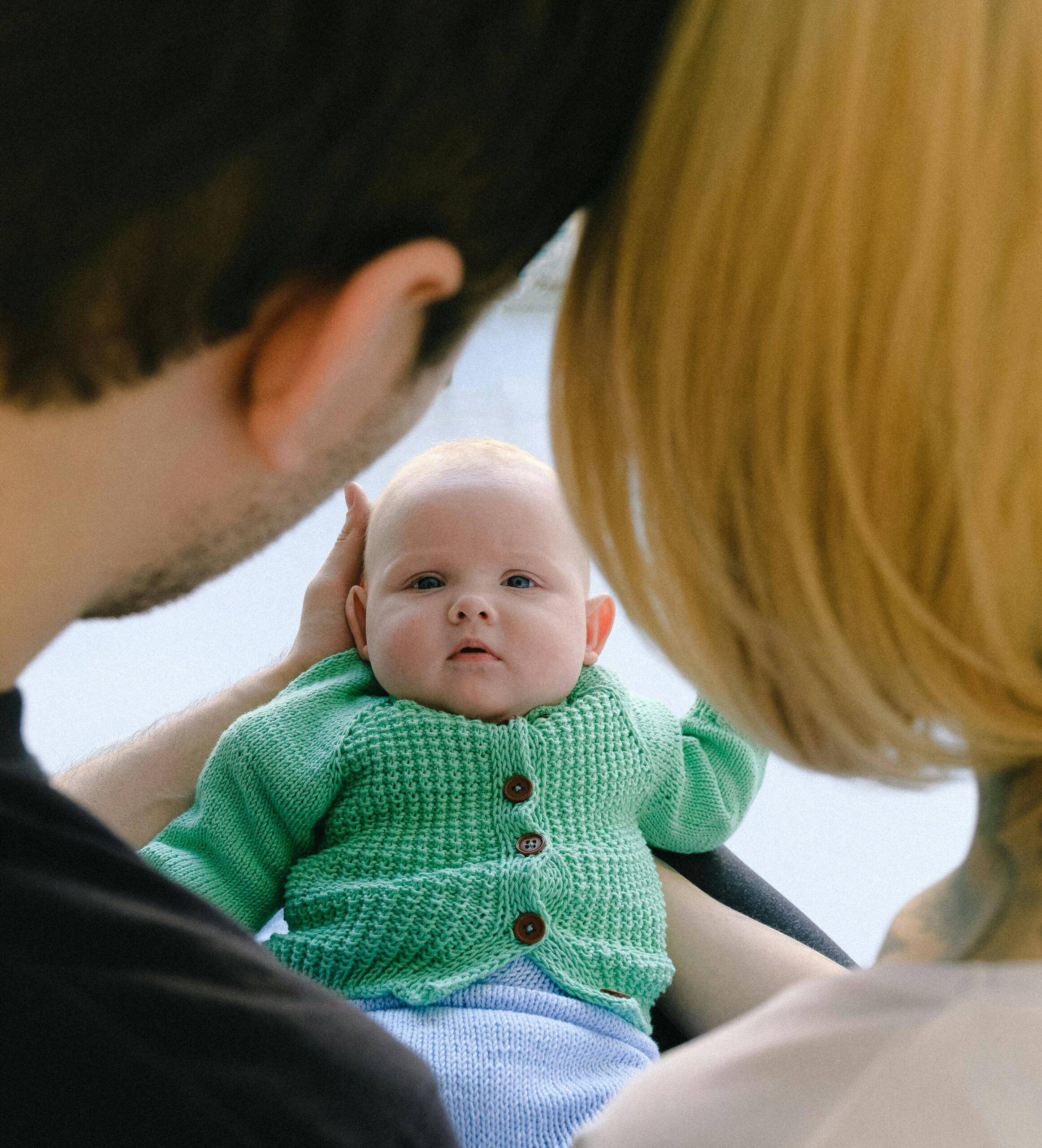
Newborn hives can look alarming—but they’re often temporary and treatable. Here’s a quick-action guide every parent should know:
- Spot the signs: Look for red, raised, moving welts.
- Seek urgent help if your baby has trouble breathing or facial swelling—call 911 immediately.
- Contact your pediatrician if this is your baby’s first time with hives or they seem uncomfortable.
- Follow your doctor’s advice, which may include comfort care or infant-safe antihistamines.
- Track potential triggers like new foods, soaps, or environmental changes.
💛 Trust your instincts. You know your baby best.
📝 Document the rash with photos.
👶 Don’t hesitate to lean on pediatric guidance.
By understanding newborn hives, you’re giving your baby the best care—with calm, love, and confidence. Here’s to happy, healthy beginnings for you and your little one!
